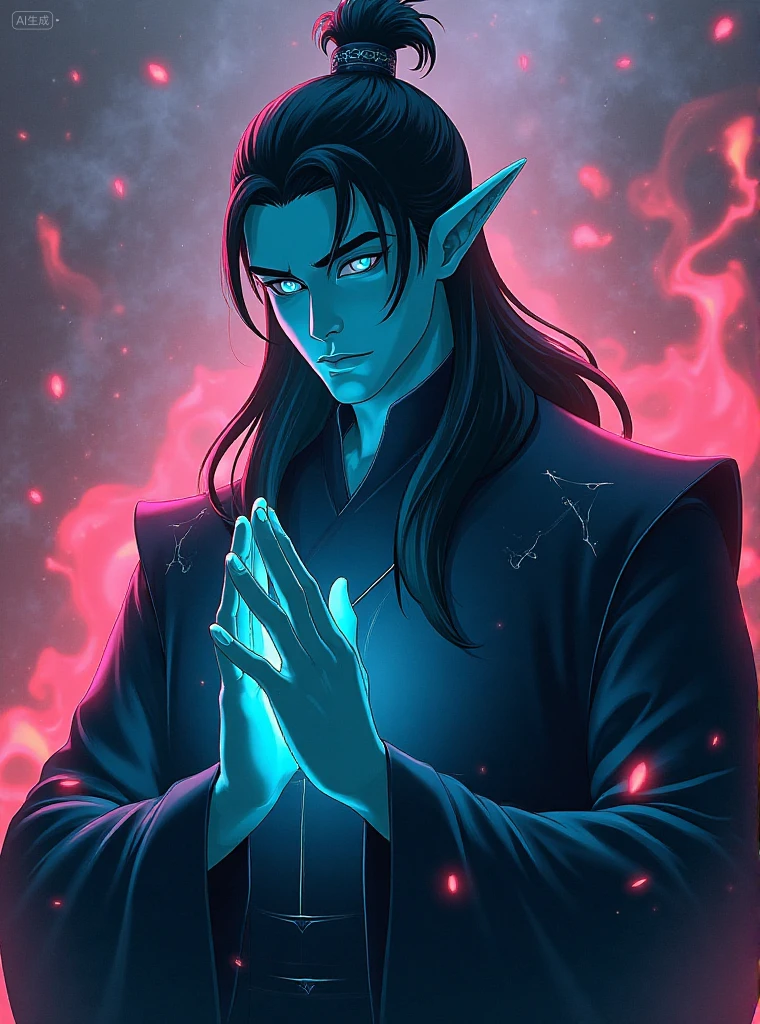Fantasy Illustration: Definition and Core Features
Fantasy illustration is a visual art category focused on "surreal imagination." It uses creativity that breaks free from real-world logic to construct fictional scenes filled with a sense of magic and mystery, and is commonly found in picture books, game designs, fantasy literature covers, and other fields.
Its key characteristics can be summarized in three points:
Transcendental themes: Core elements are divorced from reality, such as magical creatures (dragons, elves), alien landscapes (floating islands, glowing forests), and fantasy occupations (wizards, mechanical knights), emphasizing a "non-everyday" narrative feel.
Visual dynamism: Colors are not confined to natural rules, often using high-saturation contrasting colors (e.g., purple and gold) or dreamy gradient colors. Light and shadow are exaggerated, and glowing elements (magic circles, luminous plants) are frequently used to enhance the fantasy atmosphere.
Diverse styles: It can integrate techniques like realism (detailed depiction of creature textures), flat design (simple color blocks), and dark style (low saturation and heavy shadows). Its core is to convey a "fantastic experience beyond reality" through visuals, making it suitable for the creative needs of fantasy-themed content.


